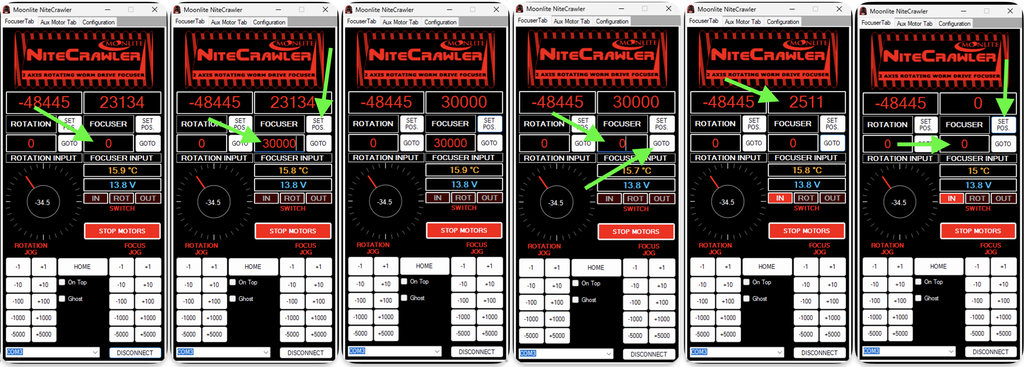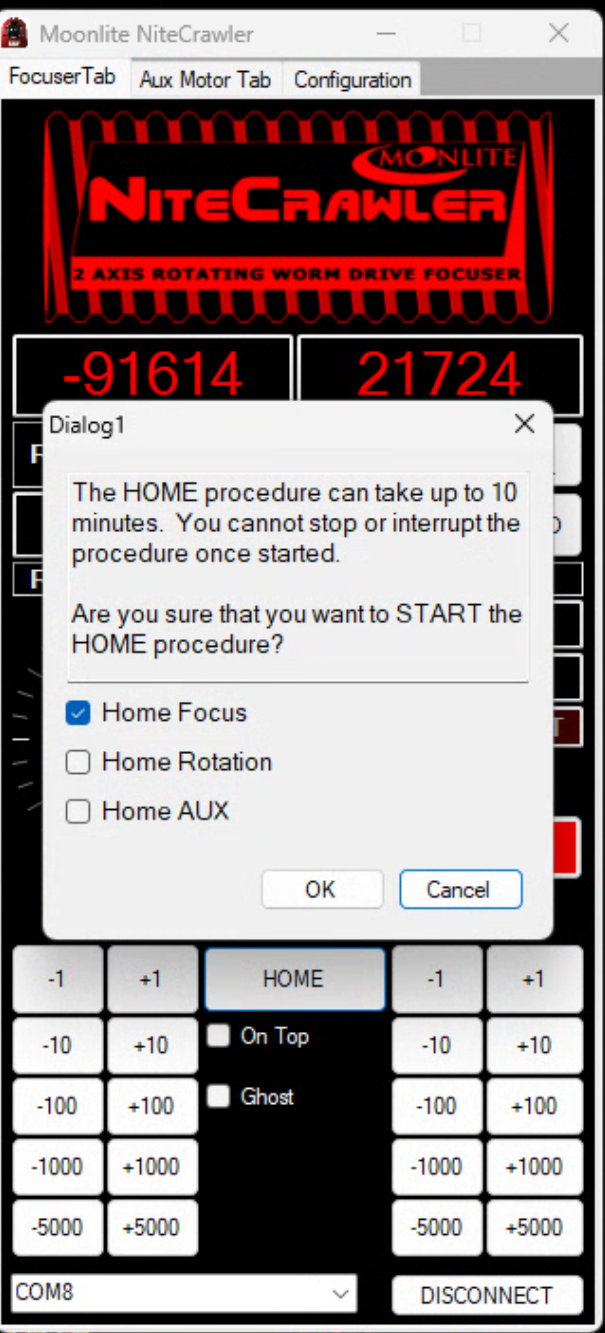Ashraf AbuSara:
Never wrong to take the flats nightly. In fact that is best practice Scotty. It just is too much data for me at the moment that, like Timothy, I am luckily getting away with without having to do. Eventually I may get burned by that.
If I had to take flats every night on all five of my scopes, I simply wouldn't do astrophotography at all. That would be about 1,500+ sets of flats per year, which would be impossible for me to store and manage--let alone deal with on a daily basis in image processing. No one's paying me to do this--and you couldn't pay me enough to take flats every night or, as some do, for every single rotation (it's not unusual for me to employ three different rotation angles in a single night on a particular rig).
I do a quick stack check on images every few days--just stacking data for the previous night, which only takes a few minutes. If I notice a problem, I'll take new flats. (There are other reasons to do this, too--checking framing, ensuring that the camera is functioning properly, discovering issues that may be unique to the field, and so forth.) Last time I took flats for the three scopes at Deep Sky West was in the October-November timeframe. I last took flats for the two scopes here at home in December. I do have dust motes in all my scopes, but they correct out just fine and don't seem to move very often, if at all.
Further, I use the Alto-Giotto combination on all but one of my scopes, which means I have only one set of flat darks for every filter since all my flats have the same exposure time, gain, and temperature settings--which leads me to a few more things that some might not regard as best practices.
For example, I employ only three distinct exposure times for all my subs on all my scopes. 60s for RGB stars on narrowband images, 180s for broadband, and 300s for narrowband--all shot at unity gain and, where applicable, the default offset--regardless of focal ratio. I'm in the midst of a long-term test of taking longer narrowband subs. I have 135 hours of 300s Ha subs for Markarian's Chain taken with the TOA130 from last year--extremely faint stuff. I have 70 hours of 1200s Ha subs on it this year so far (aiming for around 150 hours). I did a test stack of 50 hours of each and saw no appreciable difference. We'll see how 150 hours of 1200s subs compare to 135 hours of 300s subs when I finish in the June time frame, but I suspect there won't be much to justify the risks that 1200s subs introduce (wind gusts, tracking errors, someone turning a light on in the observatory briefly, low flyovers, and the like). There are very rare exceptions to this, where I might shoot really short subs, like to get HDR data for M42 or on a very bright PN.
I also use the same cooling temps year round. -10C for two of the three rigs at Deep Sky West, -15C for the other, and 0C on the two scopes here at home where it rarely gets below 0C in the winter and often gets up to 40C in the summer.
I don't use Eagles or fanless PCs. To me, they're way overpriced and underpowered. I use Intel NUCs exclusively--64GB RAM, Samsung 990 4TB NVMe SSDs, i7 6-core processors. The NUCs cost about $1,000 and paired with a Pegasus box ($300 to $600 depending on the model), they provide the same (in some cases better) functionality as the Eagle at half the cost with at least twice the computing power, and much less weight on the scope. I've had one NUC at DSW for 20 months with no issues and two more have been out there for a year with no issues (I do have a half-rack enclosure next to each rig to house all the electronics, which keeps them out of the direct weather). I've had the two NUCs here at home for three years, and while they're not outside all the time, they're out there most of the time. If a NUC has an issue, I'll just replace it. I can get one one from Amazon in 48 hours and have it ready to go and on site in another 48 hours. I do have one that failed a few years ago, but that was because I was using it for stacking and I ran into the SSD write limit. I replaced the SSD and it's fine--awaiting use as a backup should another one fail.
And finally, I leave the two rigs here at home outside 24/7/365 under Telegizmos 365 covers. If it's going to rain, I'll unhook the NUCs and bring them in, but everything else stays outside. I know that will make some heads explode. But again, if I had to lug 300lbs of gear in and out and polar align all the time, I simply wouldn't do this.
The whole point of this for me is to have fun and enjoy exploring the night sky. I'm not handy and have no mechanical bent. I don't enjoy tinkering with hardware. I do love running the rigs and processing images, though. So I find "best practices" to be a very fungible thing. To me, best practices are whatever helps me make this a joyful experience, which means eliminating as much unnecessary drudgery as possible. Your mileage may vary. I don't necessarily recommend that anyone else do any of these things, but they work for me and help make this experience much more fun and rewarding.




